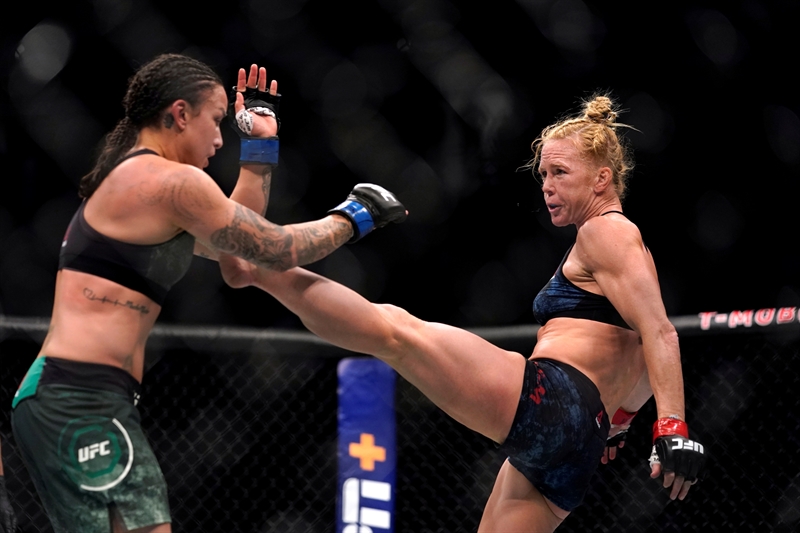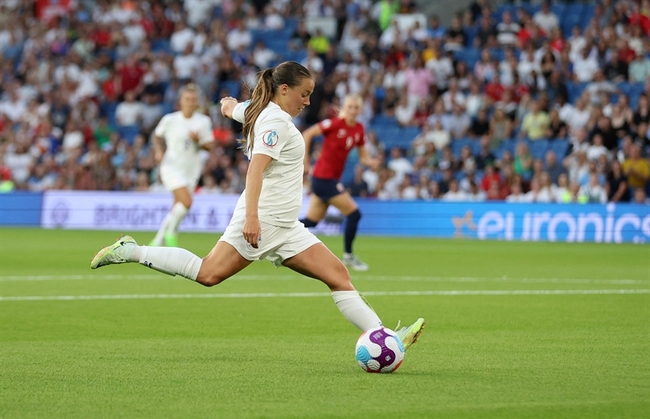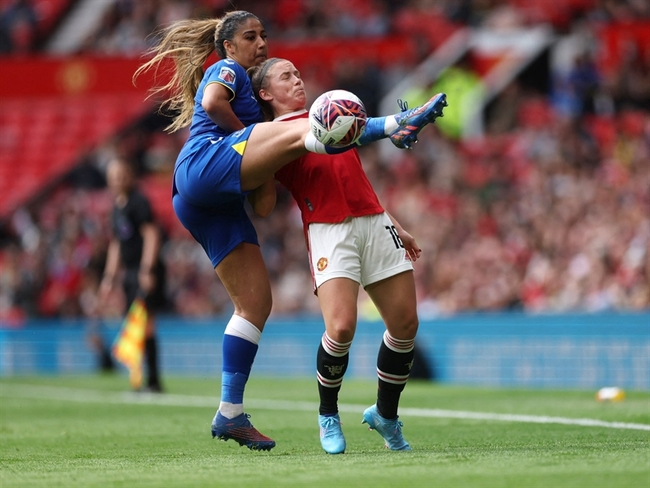6 recommendations for the treatment of hip pain

Hip pain in active adults is common. Between 30% to 40% of adult athletes report chronic hip pain(1,2). Hip pain doesn’t just affect athletes. The number of adults in the general population diagnosed with femoroacetabular impingement is 10% to 15%(3). Many with hip pain seek the help of a physiotherapist. Therefore, in 2017 a group of researchers formed the International Hip-related Pain Research Network (IHiPRN) to discover the best practices for hip pain management and collaborate with colleagues from around the globe in solving this frequent complaint.
Their first order of business was to conduct a systematic literature review to understand the effectiveness of physiotherapist-led treatment for hip pain. The initial founders then consulted a body of experts on the summary of evidence found in the literature. The published results serve to outline the best practices based on both the literature and leaders in the field(4).
Consensus recommendations
“C1. Exercise-based treatments are recommended for people with hip-related pain”(4)There was moderate support in the literature for this recommendation. While the studies that met the criteria for review included exercises to strengthen the hip and trunk, exercise alone may not account for the clinical improvement. Consider other factors such as increased tolerance to load within the hip joint, self-efficacy, graded exposure, education, and functional retraining. While the evidence supports exercise-based treatment, the studies lack uniformity. Therefore, the recommendation needs dosing and progression guidelines. Most experts agreed with this suggested approach to managing hip pain.
“C2. Exercise-based treatment should be at least three-months duration”(4)
The research-based support for this recommendation was limited. The difficulty in determining the length of treatment is the variation among the studies. The ones that lasted at least three months demonstrated a larger effect than the ones that stopped short of this period. While the panel of experts agreed on the appropriateness of this recommendation, they were the least enthusiastic about this suggestion compared to the others.
“C3. Physiotherapist-led rehabilitation after hip surgery should be undertaken”(4)
While the literature-based authentication of this proposal was limited, the expert group whole-heartedly supported it. Clinicians must consider the surgical approach used, the surgeon’s guidelines, and individual impairments when planning a treatment strategy. Decreased strength in the hip and trunk, balance, gait, and functional abilities after surgery all warrant physiotherapy intervention.
“C4. Patient-reported outcome measures, physical impairment measures, and psychosocial factors measures should be used to monitor response to treatment”(4)
There was insufficient evidence in the literature to support this recommendation. However, the group of experts favored this almost unanimously. In addition to the clinical measures of progress, such as range of motion, strength, and functional movement, the expert body recommended the Copenhagen Hip and Groin Outcome Score and the International Hip Outcome Tool.
“C5. Physical activity (which may include sport) is recommended for people with hip-related pain”(4)
The research lacks sufficient evidence to support this claim; however, the hip-pain specialists again enthusiastically backed this recommendation. Those with hip-related pain should continue to be active within their limitations and tolerance. They remind clinicians to base the return to physical activity and the foundational exercises to get there on the patient’s own functional goals. The patient’s training should include strengthening, aerobic fitness, athletic movements, and increased tolerance to loading.
“C6. Clinicians should discuss patient expectations, use shared-decision making, and provide education”(4)
Despite insufficient literature-based evidence to uphold this claim, the expert group championed this recommendation more strongly than all the others. Thorough education is important for shared-decision making no matter the diagnosis. The experts suggest strategies such as educating the patient in several mediums. Discussion, demonstration, and written instruction appeal to different learning styles and improve information retention. Include the patient’s caregivers in the learning process and encourage questions. Address myths and fears. Patients have more realistic expectations of outcomes when they know the risks, time-frame, cost, and expected improvement.
The consensus group made additional suggestions for future research. This report gives recommendations for best-practices for patients with hip pain from both the literature and experts in the field. Recommendations for future research will hopefully marry the two viewpoints and provide more clinical pathways for the various causes of hip pain.
References
- Scand J Med Sci Sports. 2017;27(1):107. Epub 2015 Dec 8.
- Knee Surg Sports Traumatol Arthrosc. 2019;27(10):3133. Epub 2018 Jun 2.
- Hip Pelvis. 2016 Mar; 28(1): 29–34.
- Br J Sports Med. 2019 Nov;0:1-8
You need to be logged in to continue reading.
Please register for limited access or take a 30-day risk-free trial of Sports Injury Bulletin to experience the full benefits of a subscription. TAKE A RISK-FREE TRIAL
TAKE A RISK-FREE TRIAL
Newsletter Sign Up
Subscriber Testimonials
Dr. Alexandra Fandetti-Robin, Back & Body Chiropractic
Elspeth Cowell MSCh DpodM SRCh HCPC reg
William Hunter, Nuffield Health
Newsletter Sign Up
Coaches Testimonials
Dr. Alexandra Fandetti-Robin, Back & Body Chiropractic
Elspeth Cowell MSCh DpodM SRCh HCPC reg
William Hunter, Nuffield Health
Be at the leading edge of sports injury management
Our international team of qualified experts (see above) spend hours poring over scores of technical journals and medical papers that even the most interested professionals don't have time to read.
For 17 years, we've helped hard-working physiotherapists and sports professionals like you, overwhelmed by the vast amount of new research, bring science to their treatment. Sports Injury Bulletin is the ideal resource for practitioners too busy to cull through all the monthly journals to find meaningful and applicable studies.
*includes 3 coaching manuals
Get Inspired
All the latest techniques and approaches
Sports Injury Bulletin brings together a worldwide panel of experts – including physiotherapists, doctors, researchers and sports scientists. Together we deliver everything you need to help your clients avoid – or recover as quickly as possible from – injuries.
We strip away the scientific jargon and deliver you easy-to-follow training exercises, nutrition tips, psychological strategies and recovery programmes and exercises in plain English.










